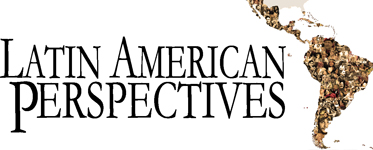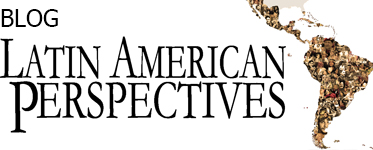by Esteban Morales Domínguez
Although it still causes many prejudices, misunderstandings and challenges, there is no choice but to pay attention to skin color. Above all, in its consideration within the media and national statistics.
Cuban society is a multiracial society, or rather, multicolored, mestizo. And that reality has to be registered statistically. Not by handling the Census as a simply numerical matter, but as a cultural demographic one.
It is about the fact that color is a legacy of slavery. It is not possible to avoid it, since it has marked Cuban society since its origins.
When the Spaniards arrived in Cuba, in 1492, they did it with white credentials and that is how they stayed. Those who came of their own free will did so in search of a fortune, which they often found.
But Spain is not White. Colonized by the Arabs for 800 years, it is impossible to consider it as such. Even when the Spanish do not assume that identity.
So, the colonizers of our Archipelago were not white. Their power did not consist in being white, but in having arrived with the cross and the sword.
They arrived in a territory of indigenous people, of low culture and they only used them to find gold. They exploited them mercilessly and their population mass did not last long, although we still have representatives of that original population in Cuba.
Chinese also came, brought by means of a system of contracts that turned them into slaves. The so-called “culíes” [coolies], who since then added their beauty to the population of the Island, becoming a part of our nationality. These three large groups were the ones that formed the Cuban population. Later, other Antilleans joined, although not in the magnitude of the first ones, also merging with our population.



